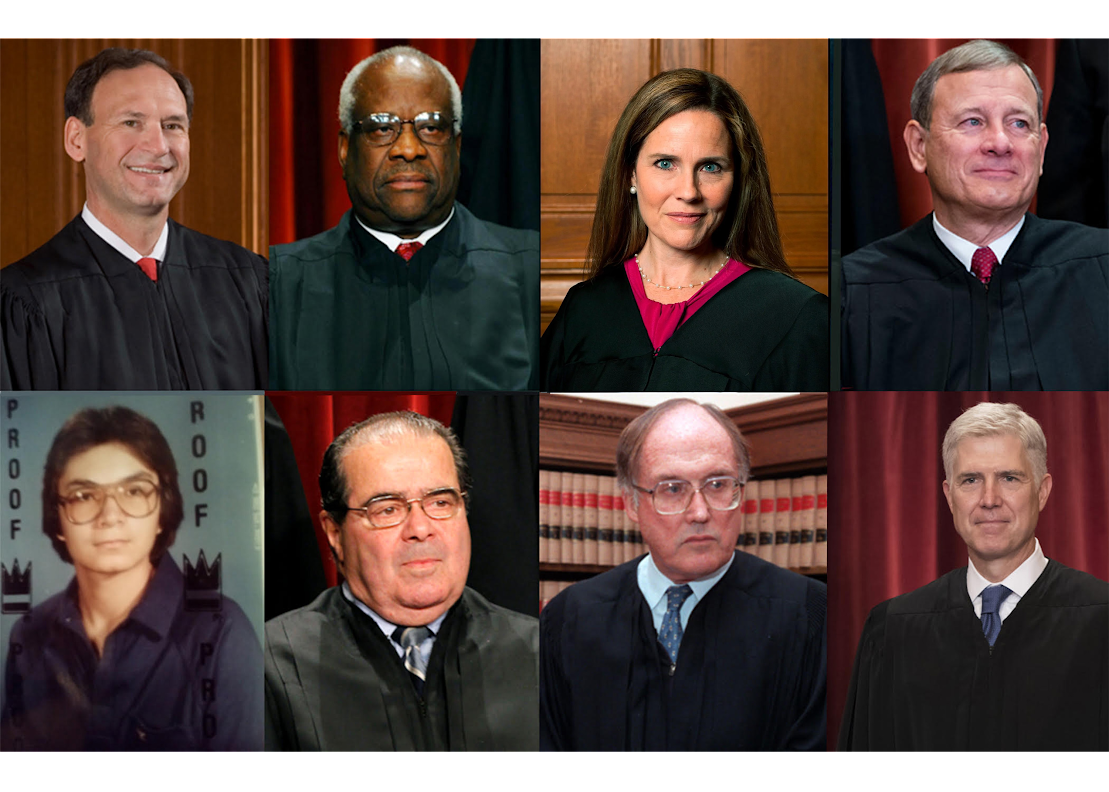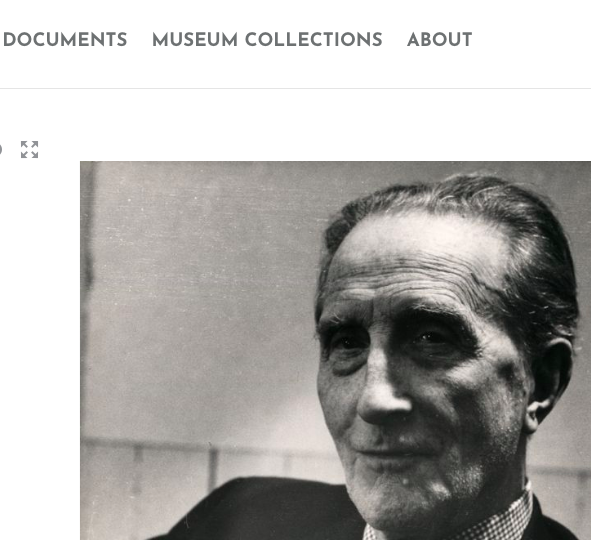April 24th, 2009 by Sergio Muñoz Sarmiento in
Art Law
Although Brandeis University officials said recently that the Rose Museum remained open and functioning, the Board of Overseers issued a statement Thursday noting that not only does the collection now lack a director or curator, but that
“[s]ince the University’s announcement on January 26, 2009 that it would close the museum, membership and Rose Overseer dues, and all donations, have ceased or been asked to be returned,” amounting to more than $2.5 million.”
According to their recent statement, Brandeis “continues to take steps to dismantle the beloved institution.”
The statement adds, “In her letter, [Brandeis Provost Marty Wyngaarden] Krauss attempted to clarify future plans for the Rose Art Museum once the University closes it on June 30, 2009. Despite the existence of the current Board of Overseers for the museum, Brandeis has named a new committee to ‘explore future options for the Rose.'”
The statement continues:
According to Brandeis, the committee is designed to “explore options” for the future of the Rose, but is specifically prohibited from determining the fate of the works of art that are the heart of the institution, leaving that to the administration and Brandeis Board of Trustees. Although the committee includes representatives from various constituencies, including the Rose Art Museum Board of Overseers, members were hand-picked by the administration and the Rose was not allowed to choose its own representative.
According to The Boston Globe, “[a]t least 30 professors have signed a letter of protest, to be delivered to Krauss and Brandeis president Jehuda Reinharz on Monday. If the university is serious about keeping the museum ‘open to the public with professionally trained staff,’ as stated in Krauss’s letter, [Rose Museum Director Michael] Rush should be allowed to keep his job, they say.”







